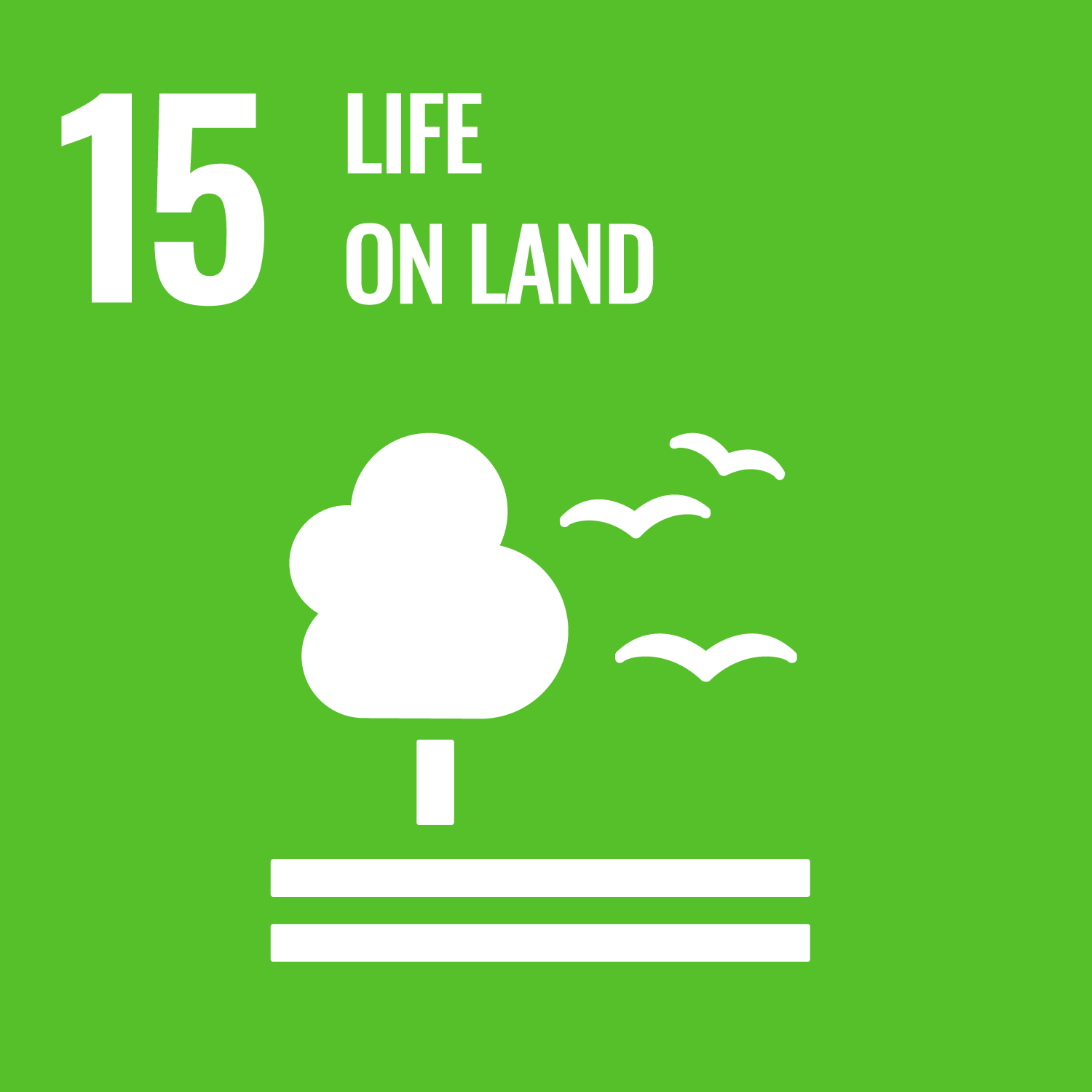Maintain and extend current ecosystems' biodiversity. Work directly to maintain and extend existing ecosystems and their biodiversity, of both plants and animals, especially ecosystems under threat.
UniSC works tirelessly to maintain our current ecosystems and their biodiversity. The work involves proactive efforts to protect and enhance the variety of plant and animal species within these environments, particularly those under threat. UniSC has several research projects that focus on habitat restoration, invasive species management, and the establishment of protected areas to safeguard critical habitats. By fostering healthy ecosystems, we ensure the resilience and sustainability of natural processes, which in turn supports human well-being. Engaging in conservation activities, such as reforestation and wildlife monitoring, this helps to preserve genetic diversity and ecosystem services, ultimately contributing to a balanced and thriving natural world.
Some recent examples of UniSC research into ecosystems and biodiversity of both plants and animals, especially ecosystems under threat:
- Intrepid researchers from the University of the Sunshine Coast have been climbing the state’s highest mountains and walking deep in to the tropical rain forest in Far North Queensland to investigate the population status of the endangered northern spotted tailed quoll and have learnt that the male species has an unusual breeding cycle which is adding to the endangered status.
- Sun bears are only found in South-East Asia but the Malayan sun bears sub-species is endemic to Borneo and fighting for survival. They are smaller at 1.2m when fully grown and more arboreal (climbing trees). UniSC lecturer in toursim Sarah Pye introduced Dr Wong Siew Te, who built and runs the Bornean Sun Bear Conservation Centre, to UniSC, which led to a Memorandum of Understanding between the university and the conservation centre. Numerous research projects and hands-on learning for tertiary students followed.
- New remote-sensing technology has measured the restoration of 200ha of abandoned sugar cane farmland back to thriving wetland. Five years of research, led by the University of the Sunshine Coast, has documented the expansion of mangroves, saltmarsh and she-oak clusters in Unitywater’s Yandina Creek Wetland. This ecosystem of the Maroochy River works to improve water quality, store ‘blue’ carbon and provide habitat for birds, mammals and reptiles and commercially and recreationally targeted fish and crustaceans. UniSC research supervisors Dr Javier Leon and Dr Andrew Olds said the research method could now be applied more broadly to improve conservation along coastlines and quantify blue carbon (the carbon stored by marine and coastal ecosystems).
- A recent study led by WWF’s Global Marine Turtle Conservation programme and the University of the Sunshine Coast used satellite-tagging and genetics to track critically endangered hawksbill turtles. The research revealed that these turtles travel over 1,000 km from Papua New Guinea’s Conflict Islands to forage in the Great Barrier Reef. The findings highlight the urgent need for improved protection in northeast Australia and the reefs surrounding Cape York to prevent the extinction of hawksbill turtles
Summary
UniSC’s focus in on maintaining and extending ecosystems and their biodiversity involves protecting and enhancing plant and animal species, especially in threatened habitats, through conservation activities and habitat restoration.

